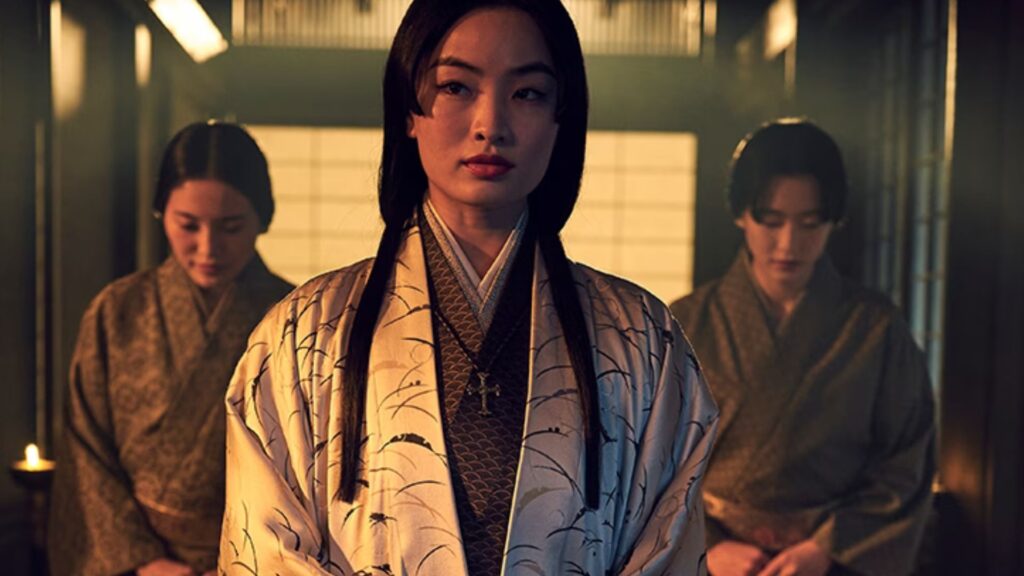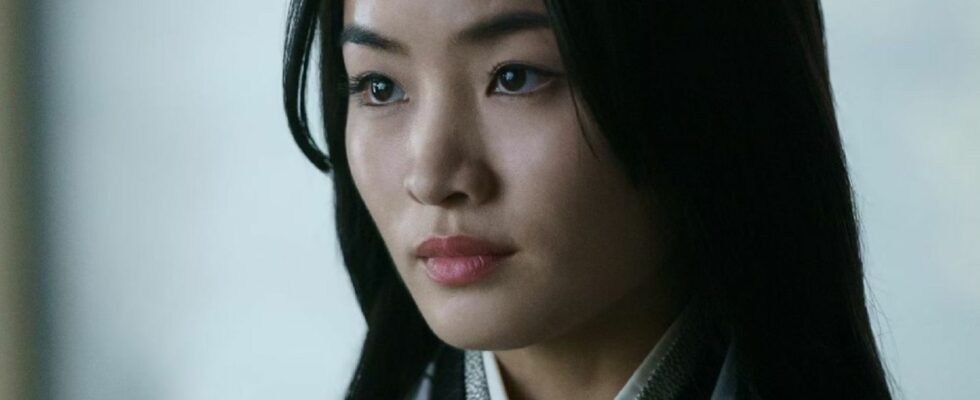The Shōgun series is based on historical figures from feudal Japan, whose destinies and personal stories are however modified. Mariko, played by Anna Sawai, is one of them.
It’s the flagship series on Disney+ at the moment: presented as the new Game Of Thronesseries Shōgun started on February 27. A third episode was posted online on March 5: the trio composed of Yoshii Toranaga, John Blackthorne and Lady Mariko are cornered there.
Toranaga is inspired by Governor Tokugawa Ieyasu, who lived during the same era. Similarly, John Blackthorne is descended from the British sailor William Adams. The characters are therefore not pure fiction, even if historical reality varies greatly: in real life, these two men never met. But what about Lady Mariko?
Lady Mariko is inspired by Hosokawa Gracia
For the book from which the series is adapted, author James Clavell was inspired by Hosokawa Gracia (or Hosokawa Tama) to construct Mariko Toda. Details about her life remain partly vague or unknown, but it is known that she was an influential politician in feudal Japan.
She was born into the aristocracy, in 1563. And for good reason, her father was a samurai: Akechi Mitsuhide. She will quickly be given the nickname “daughter of the traitor”, because her father is going to kill his own lord. She is then locked up for a large part of her life, confined to the family home by her own husband – a violent man to boot. Particularly because of her links with her servant and friend Kiyohara Kayo, she converted to Christianity: this was a political act, because the governor at the time, Toyotomi Hideyoshi, had just issued a proclamation against this religion.
It was at this time that she received the (Christian) name of Gracia, instead of Tama. Little by little, she manages to weave a whole network of Christian women around her — a true supportive sisterhood. Her husband regularly asks her to abandon Christianity: Gracia remains inflexible.

Shortly after, Toyotomi Hideyoshi died. Two factions opposed each other in Japan at the time. On one side there are the troops of Tokugawa Ieyasu (the historical figure who inspired Toranaga), and on the other those of Mitsunari Ishida. Hosokawa Gracia’s husband sides with the Ishida clan. This is what will cause Gracia to be targeted by Ishida: he will try to take her hostage. But her husband’s vassal had orders to kill the entire household in the event of an attack; Gracia then perishes, killed by her own people.
Gracia will have lived 37 years. Despite a brutal context seeking to repress her, she was an active intellectual – who learned several languages and a new religion – who was able to build, despite her confinement, a strong influence. His death itself will have significant political and military effects. She would also be canonized two centuries later.
She never met William Adams (the real John Blackthorne), who had washed up on the Japanese coast in 1600 — the year of Gracia’s death.
“She controls everything, everything around her”
The fictional version in Shogun is brought to the screen by Anna Sawai. The latter confided in an interview that she was passionate about both her fictional character and the figure she was inspired by. “ She has so many facets “, she explains to DigitalSpy. “ She is so fragile, but at the same time, she controls everything, everything around her. »
The character of Mariko still differs enormously from Garcia, in her story and her behavior. But there are common elements that greatly inspired Anna Sawai in her interpretation: “ Knowing that she really existed made perfect sense to me. Even though Mariko is so different, once I had this clear, clear image of her, it wasn’t difficult to interpret. », Indicates the actress.
Subscribe to Numerama on Google News so you don’t miss any news!
Some links in this article are affiliated. We’ll explaine everything here.

